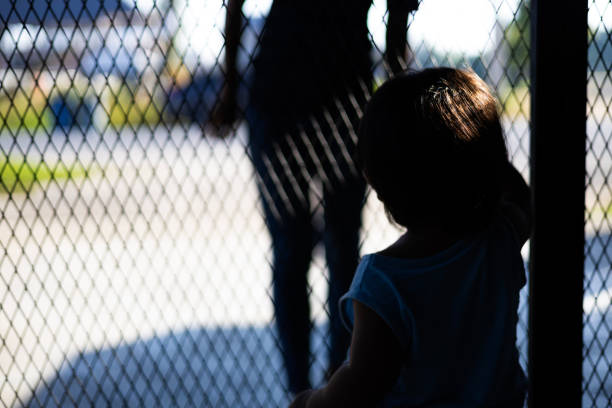In a world where our children are constantly interacting with new people—at school, in the neighborhood, and online—it’s crucial that we equip them with the knowledge to stay safe. One key concept that every child should learn is “stranger danger.” This isn’t about instilling fear, but rather about teaching awareness and precaution. Understanding the importance of stranger danger can help protect children from potentially harmful situations.
Why Stranger Danger Matters
Stranger danger is a fundamental safety principle that helps children recognize potentially dangerous situations. By understanding that not everyone they meet has good intentions, children can better navigate their interactions with unfamiliar individuals. This awareness is especially important in public spaces like parks, shopping centers, or even in their own neighborhood.
Key Lessons to Teach Your Child

Trust Your Instincts: Children should be encouraged to trust their gut feelings. If something doesn’t feel right, it probably isn’t. Teaching kids to listen to their instincts can be a powerful tool in preventing them from engaging with potentially dangerous strangers.
Avoiding Isolation: Explain the importance of staying with a group when they’re out and about. Whether they’re playing in the park or walking to school, there’s safety in numbers.
Say No and Go: If a stranger approaches them, children should know that it’s okay to say “No” loudly and confidently, and then immediately move away to a safe place. This simple action can deter potential threats and draw attention from others nearby.
Identify Safe Adults: Not all strangers are dangerous, but children need to understand who they can turn to for help if they feel unsafe. Teach them to identify safe adults like police officers, teachers, or store employees who can assist them if needed.
Strangers Online: In today’s digital age, stranger danger isn’t just a physical threat. Kids should also be aware of the dangers of interacting with strangers online. Teach them to never share personal information with someone they don’t know in real life and to be cautious of online communications that make them uncomfortable.
Reinforcing Stranger Danger
Regularly discussing and practicing these safety principles can help reinforce the importance of stranger danger. Role-playing different scenarios can be an effective way to prepare your child for real-life situations. Encourage open communication so your child feels comfortable discussing any encounters that make them uneasy.
Teaching your child about stranger danger is not about making them fearful but about empowering them to make smart, safe decisions. With the right knowledge and tools, children can confidently navigate their world while staying aware of potential dangers. Remember, safety education is an ongoing process—regular conversations and reminders can make all the difference in keeping our children safe.
